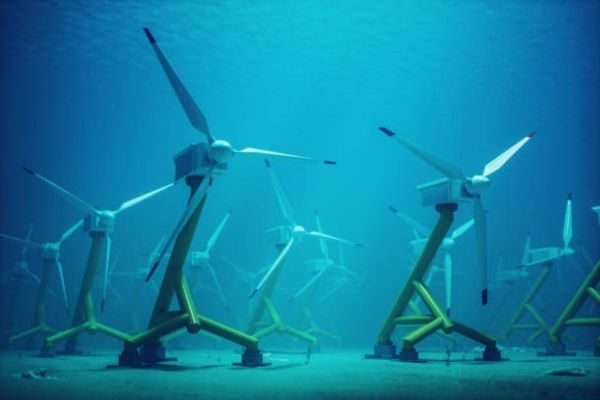The Energy As A Service (EaaS) Market reached a valuation of USD 126 billion in 2024 and is projected to grow at a CAGR of 8.7% from 2025 to 2034. This growth is driven by the increasing shift toward sustainability, reinforced by supportive government incentives and surging energy demand across industries.
Businesses and institutions are actively seeking cost-effective, resilient, and decentralized energy solutions to optimize consumption and enhance efficiency. Subscription-based energy service models are gaining traction as they provide long-term cost savings and operational advantages. Market dynamics are further influenced by the rising emphasis on energy efficiency, grid modernization, and digital transformation in the sector.
The growing integration of advanced technologies, such as IoT sensors, predictive maintenance tools, and real-time analytics, is improving energy management, making EaaS solutions more viable for businesses. Governments worldwide are also implementing stringent energy regulations and funding programs to promote sustainable energy initiatives, further driving adoption. With an increasing focus on reducing carbon footprints and improving energy resilience, the demand for flexible and scalable EaaS models is rising, setting the stage for sustained market expansion over the next decade.
The industry is categorized into energy supply services, operational and maintenance services, and energy efficiency and optimization services. Operational and maintenance services play a crucial role in ensuring the reliability and performance of energy systems. These services are projected to generate USD 132.5 billion by 2034 as businesses prioritize solutions that enhance efficiency and sustainability. By providing continuous energy supply, optimized operations, and minimized downtime, these services help organizations achieve better energy management while maintaining cost-effectiveness. The rising need for seamless infrastructure maintenance and operational support is driving widespread adoption, allowing businesses to reduce risks and improve long-term energy performance.

















